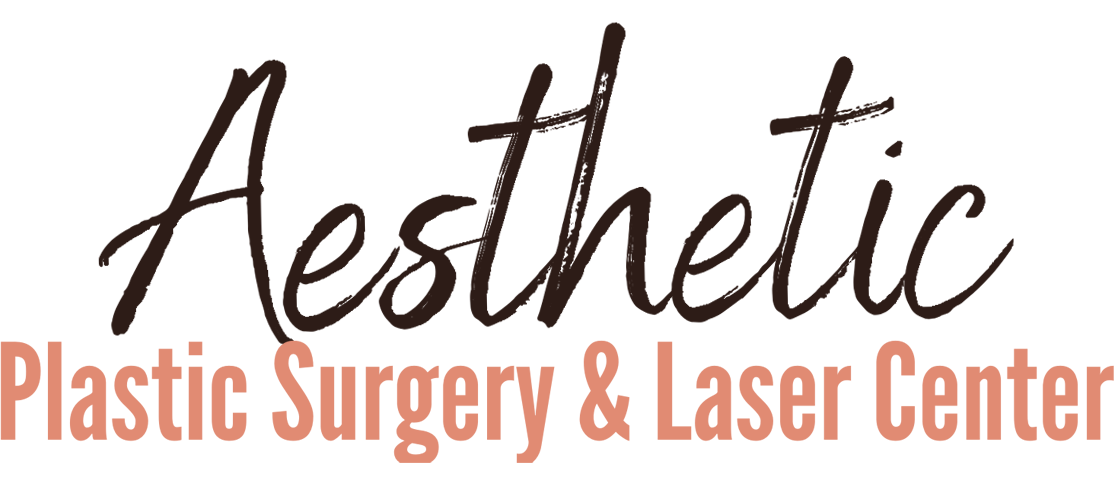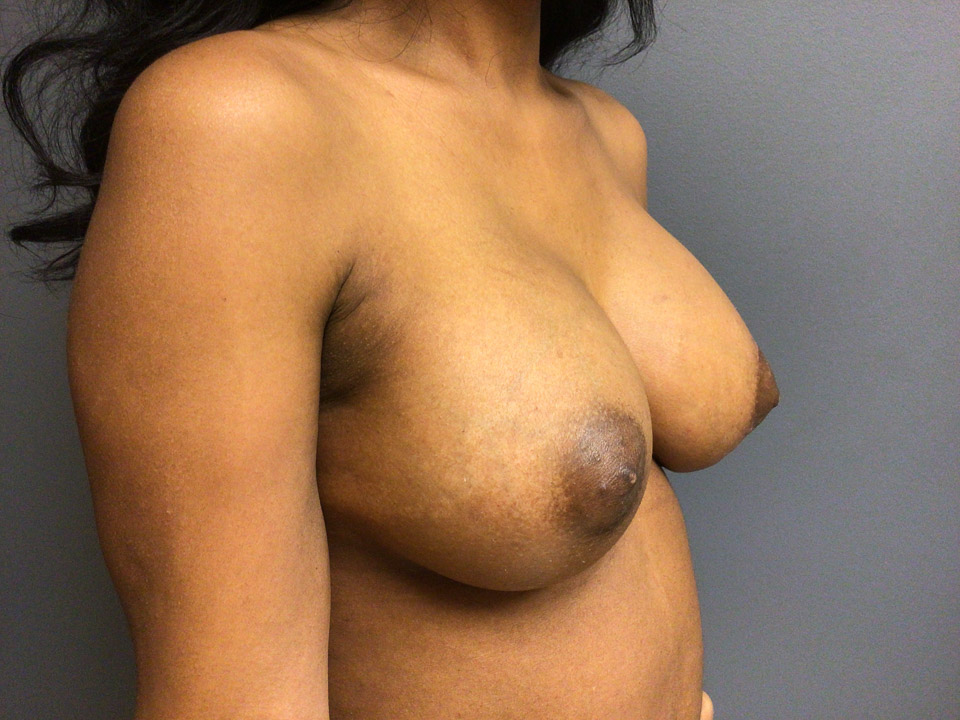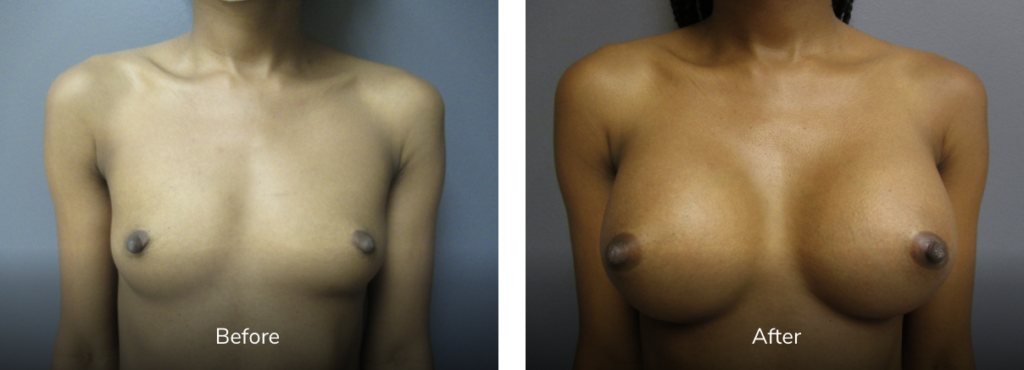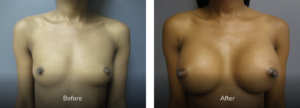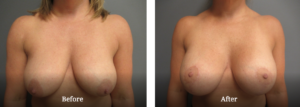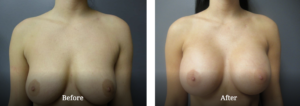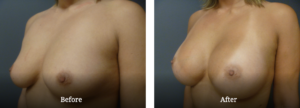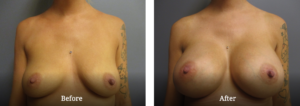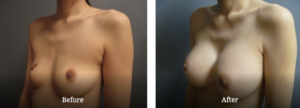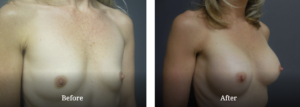
Breast Augmentation
Transform your silhouette and boost your confidence with breast augmentation procedures at Aesthetic Plastic Surgery & Laser Center. If you want to achieve a fuller, more proportionate breasts, we can help you through safe, advanced surgical techniques led by board-certified plastic surgeon Dr. Michelle Hardaway.
Why Choose Aesthetic Plastic Surgery & Laser Center for Breast Augmentation
Under the expert guidance of Dr. Michelle Hardaway, a board-certified plastic surgeon with extensive experience in breast surgeries, our team at Aesthetic Plastic Surgery & Laser Center will support you through every step of your cosmetic journey. Our modern Michigan facility provides a comfortable, private environment for your care.
From selecting the ideal implant type and size to choosing the most appropriate surgical technique, we are committed to your well-being from your initial consultation through complete recovery. With countless successful breast augmentations performed, our reputation for excellence makes us the trusted choice for women across Michigan seeking beautiful, balanced breast enhancement results.
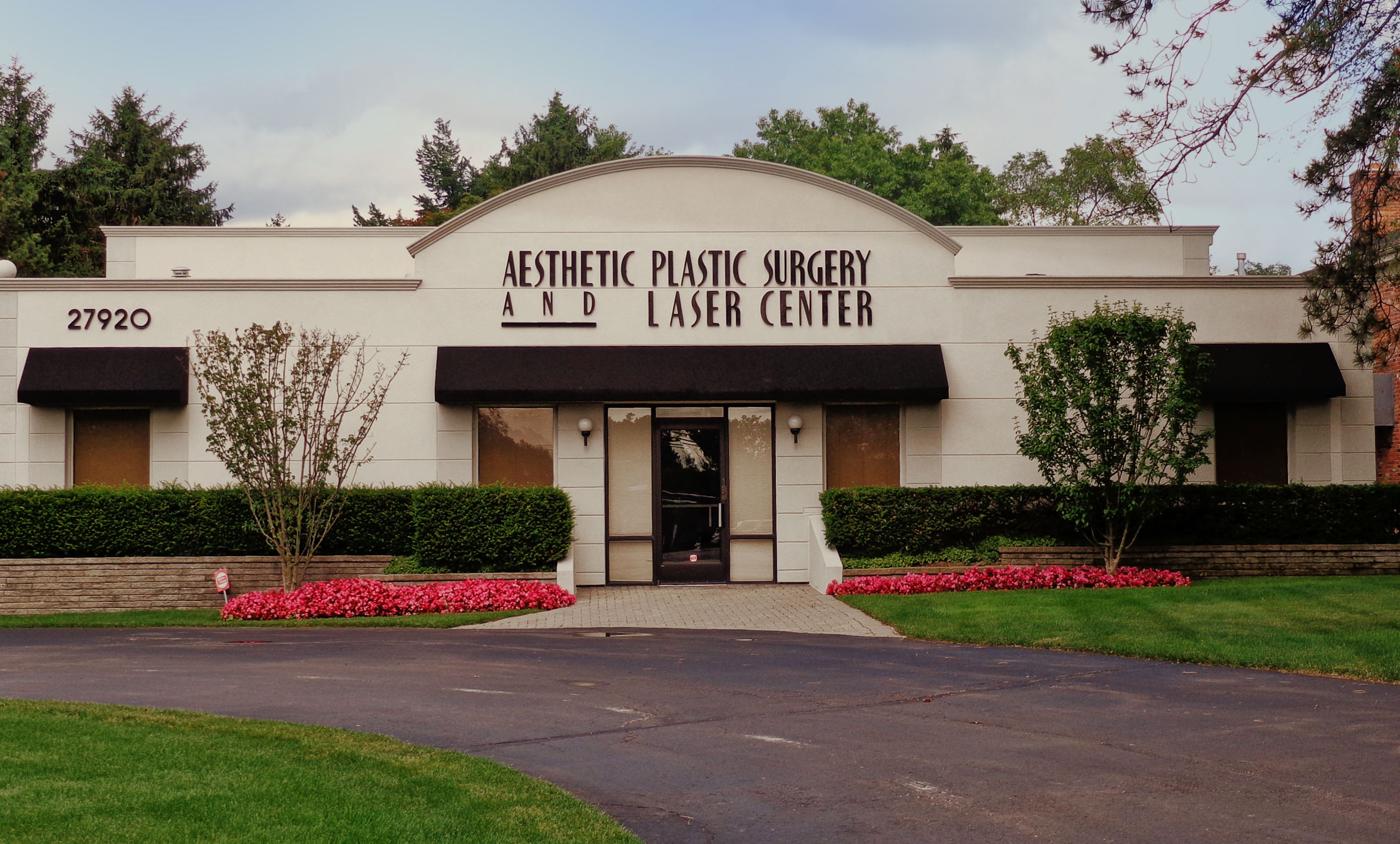
Difference Between Breast Augmentation and Implants
Many people use these terms interchangeably, but there are important differences to recognize when considering your options. Breast augmentation refers to the overall surgical procedure designed to increase breast size and improve shape. This term encompasses any technique used to enhance breast volume, including both implant-based methods and natural approaches like fat transfer breast augmentation.
Breast implants are the medical devices actually used during most breast augmentation procedures to create additional volume. These silicone shells, filled with either saline solution or silicone gel, come in various shapes, sizes, and profiles to accommodate different body type. The implant is just one component of the overall breast augmentation procedure, albeit a central one for most patients.
During your consultation at our Michigan facility, Dr. Hardaway will discuss both the overall breast augmentation procedure and the specific implant options available to you, ensuring you have complete information to make confident decisions.

Process of a Breast Augmentation Surgery
During your consultation, Dr. Hardaway will guide you through the various implant options available, including silicone gel implants that offer a remarkably natural feel and saline implants that can be inserted through smaller incisions. She’ll explain the advantages of different implant shapes, sizes, and profiles, recommending the combination that will best complement your natural anatomy and achieve your aesthetic goals.
The breast implant surgery itself is performed under general anesthesia and typically takes 1-2 hours. Dr. Hardaway offers multiple incision options, including inframammary (in the crease beneath the breast), periareolar (around the nipple), transaxillary (in the armpit), and in some cases, transumbilical (through the navel). Each approach has distinct advantages, and Dr. Hardaway will recommend the technique that will provide optimal access while minimizing visible scarring.
Implant placement is another critical decision that impacts your final results. Dr. Hardaway can position your implants either submuscular (under the chest muscle), subglandular (over the muscle but under the breast tissue), or using the dual-plane technique (partially under the muscle). Throughout the breast implant surgery process, our focus remains on creating results that look and feel natural while achieving your desired enhancement.
Breast Lift and Augmentation Combined
This powerful combination approach is ideal for women experiencing ptosis (drooping) who also desire increased breast size and improved shape—common concerns after pregnancy, breastfeeding, significant weight loss, or natural aging. Dr. Hardaway’s expertise allows her to reposition the breast tissue and nipple-areolar complex while simultaneously enhancing size and fullness through carefully selected implants.
During this procedure, Dr. Hardaway first performs the lift component, removing excess skin and reshaping the breast tissue to create a firmer, more elevated contour. She then creates a pocket for the implant, which is carefully selected to complement your natural proportions and achieve your desired enhancement. By addressing both position and volume in a single surgery, the combined approach provides comprehensive improvement while requiring only one recovery period.
The specific technique used for your breast lift and augmentation will depend on the degree of sagging and your enhancement goals. Dr. Hardaway offers several lift patterns, including periareolar, vertical (lollipop), and anchor-shaped incisions, recommending the approach that will best address your concerns while minimizing visible scarring.
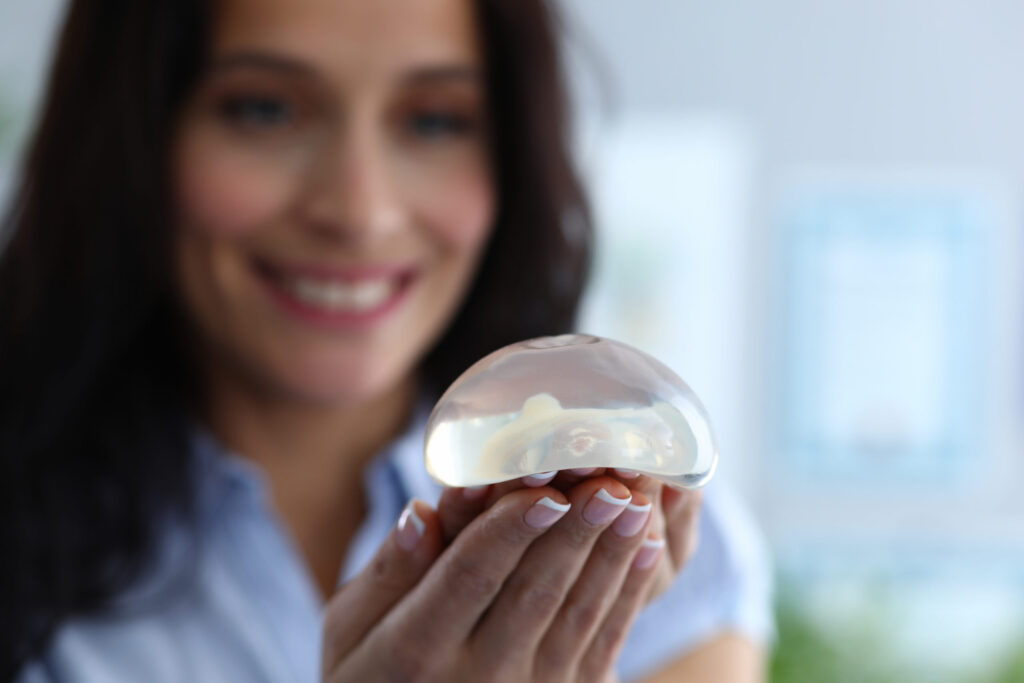
A Typical Breast Implant Lasts For Approximately 10 Years
Most breast implants last approximately 10 years, though many women enjoy their results for significantly longer without complications. The 10-year guideline represents an average rather than a strict replacement timeline. Some patients maintain their original implants for 20+ years, while others may require earlier replacement due to complications or aesthetic changes.
Several factors influence implant longevity, including implant type, placement technique, body changes, and lifestyle. Silicone gel implants generally maintain their shape and feel longer than saline implants, which may be more prone to rippling over time. Submuscular placement typically provides better long-term results by reducing the risk of capsular contracture compared to subglandular placement.
Regular follow-up appointments with Dr. Hardaway are essential for monitoring your implants’ condition over time. For silicone implants, the FDA recommends MRI screening three years after placement and every two years thereafter to check for silent ruptures. Saline implant ruptures are immediately noticeable as the breast deflates when the sterile saltwater is absorbed by the body.
Breast Augmentation Recovery and Pain
Most patients experience moderate discomfort for the first 3-5 days after breast augmentation, with sensations of pressure, tightness, and soreness in the chest area. Dr. Hardaway prescribes appropriate pain medication to keep you comfortable during this initial period, with most patients transitioning to over-the-counter pain relievers within a week.
Your recovery timeline will include several phases. The first 24-48 hours require the most rest, with limited arm movement and assistance for daily activities. Most patients can return to desk work within 3-7 days, though you’ll need to avoid lifting anything over 5-10 pounds for at least two weeks. Physical activities should be gradually reintroduced, with light cardio possible after 2-3 weeks and full exercise, including chest workouts, typically resumed around 6-8 weeks post-surgery.
Throughout your recovery, you’ll wear a surgical support bra to minimize swelling and support your healing tissues. Swelling and bruising are normal parts of the healing process, with most visible swelling subsiding within 2-3 weeks, though subtle swelling may persist for several months. Your breasts will initially appear higher and firmer than their final position, gradually settling into a more natural shape and position over 2-3 months.
Transform Your Silhouette with Expert Cosmetic Surgery
Dr. Hardaway’s expertise in cosmetic breast surgery allows her to create results that look beautiful and natural. Her approach focuses on creating balanced, harmonious results that complement your overall figure rather than appearing obviously “surgical.”
Many patients are surprised by how significantly breast augmentation improves not just their appearance but also their confidence and quality of life. Our patients frequently describe their breast augmentation as a transformative experience that helps them feel more feminine and comfortable in their own skin.
Contact Us Today
Ready to explore how breast augmentation can enhance your appearance and boost your confidence? Contact Aesthetic Plastic Surgery & Laser Center today at (248) 221-1957 to schedule your personal consultation with Dr. Michelle Hardaway. During this informative session, you’ll learn more about how breast augmentation can address your specific concerns and help you achieve your aesthetic goals.
Schedule Your Consultation
Why wait?
Schedule your first visit to Aesthetic Plastic Surgery & Laser Center by using online form
… or by calling (248) 780-0558
"*" indicates required fields
